The first of my series of Film Stills that Look Like Paintings. I’ll be talking about what ‘painterly’ means in films later this week. This is a shot from Admiral, directed by Roel Reiné, 2015. It is a historical drama about the Anglo-Dutch wars in the late 1600s. It is a very exciting, beautifully made film that has just the right mix of real history and dramatization.

Interestingly, even at the time – during the Anglo Dutch wars – English collectors were buying Duch paintings of the battles! Even more interesitngly, the Admiral of the film’s title, Michiel de Ruyter – one of the greatest Dutch marine comanders – has a number of splendid portraits in the London museum.
Portraits and people
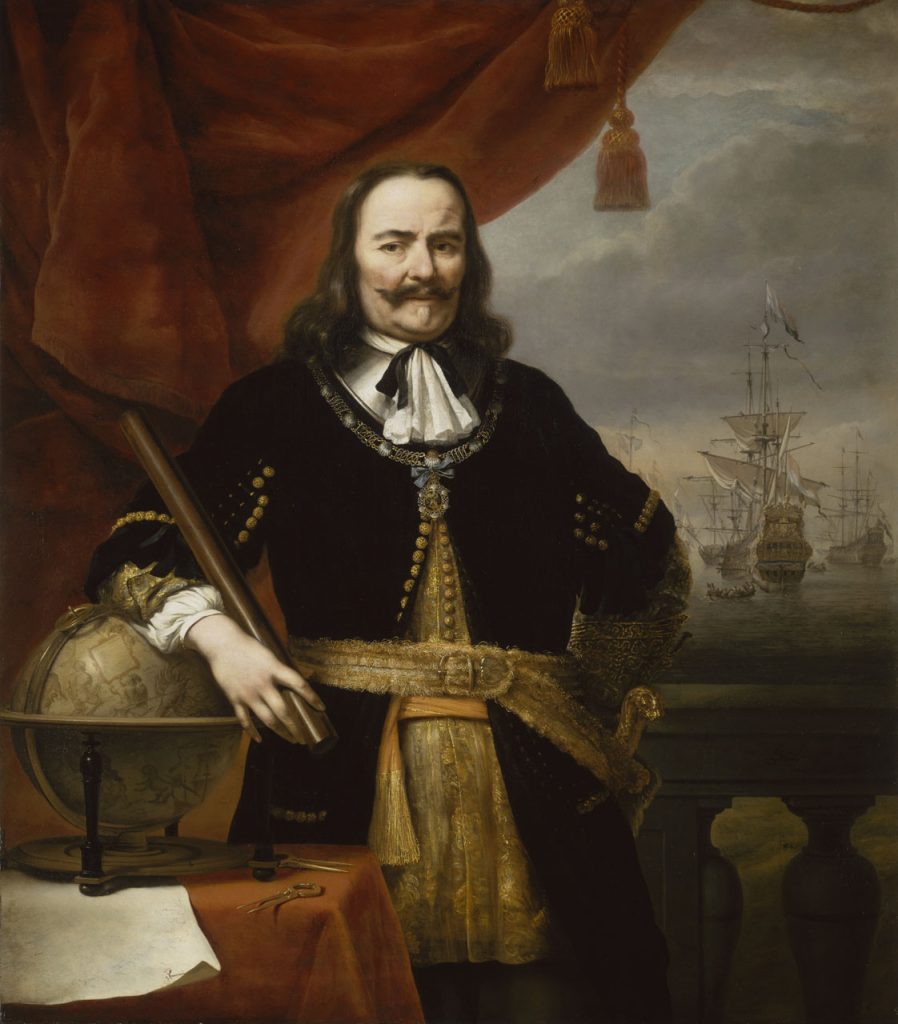
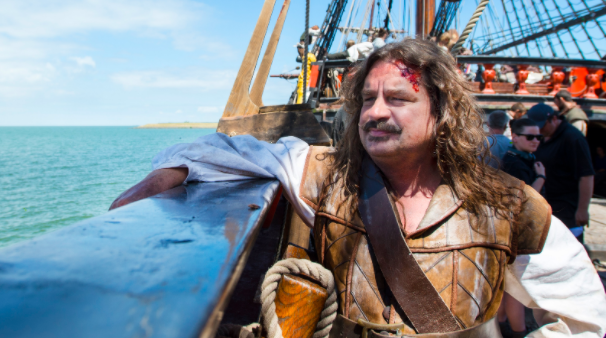
Sea battles in film and art

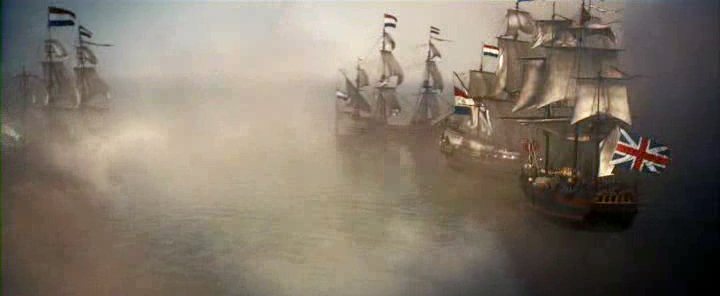
According to Reiné, preparations for the film were done in the Rijksmuseum, to get the sets and cinematography just right. The exciting depictions of 17thC sea battles by Backhuysen, Beerstraten, Vroom and others are captured in a convincing mise en scéne. Many paintings by these artists are also in the Royal Martime Museum in Greenwich, London.
I should add that Reiné was also Cinematographer on the film which is fairly unusual. He’s great at painterly historical action: he has also done episodes of Black Sails, and recently Knightfall & Washington.
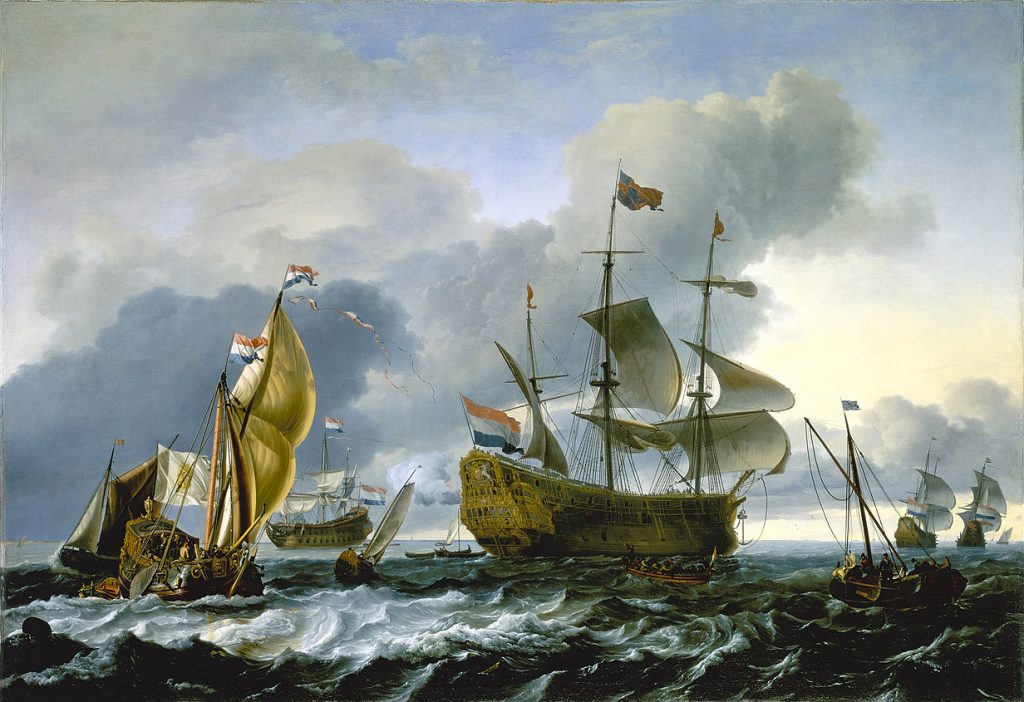
More on Admiral and the Golden age of Dutch Painting
in Part 2 I’ll explain how Roel Reiné used paintings in his film design

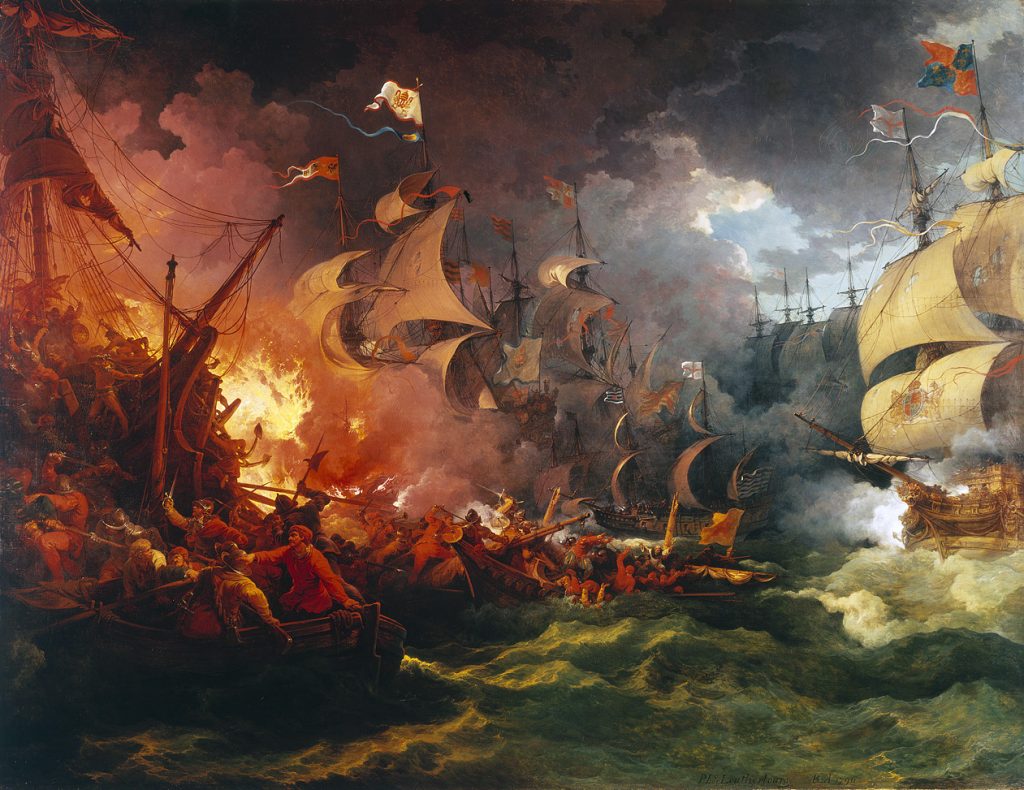
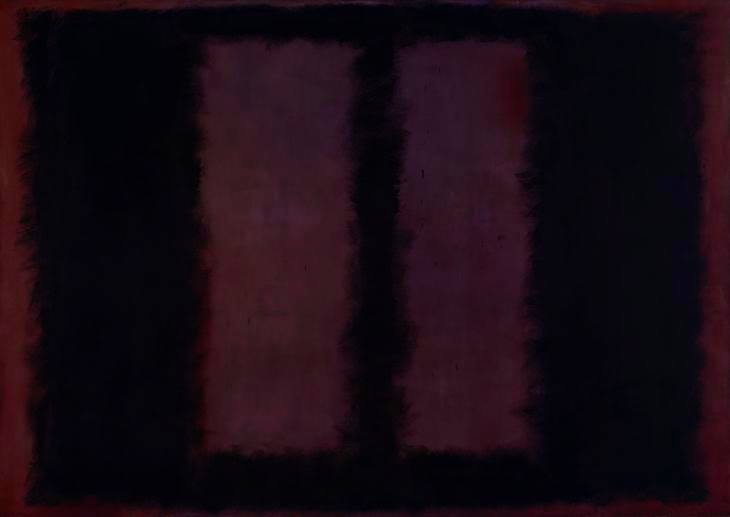
![ean-Léon Gérôme [CLICK IMAGE TO EXPAND] Gathering Up the Lions in the Circus Source: https://www.pubhist.com/w38153](http://arthistoryfilm.org/wp-content/uploads/2018/05/gerome-lions-1.jpg)

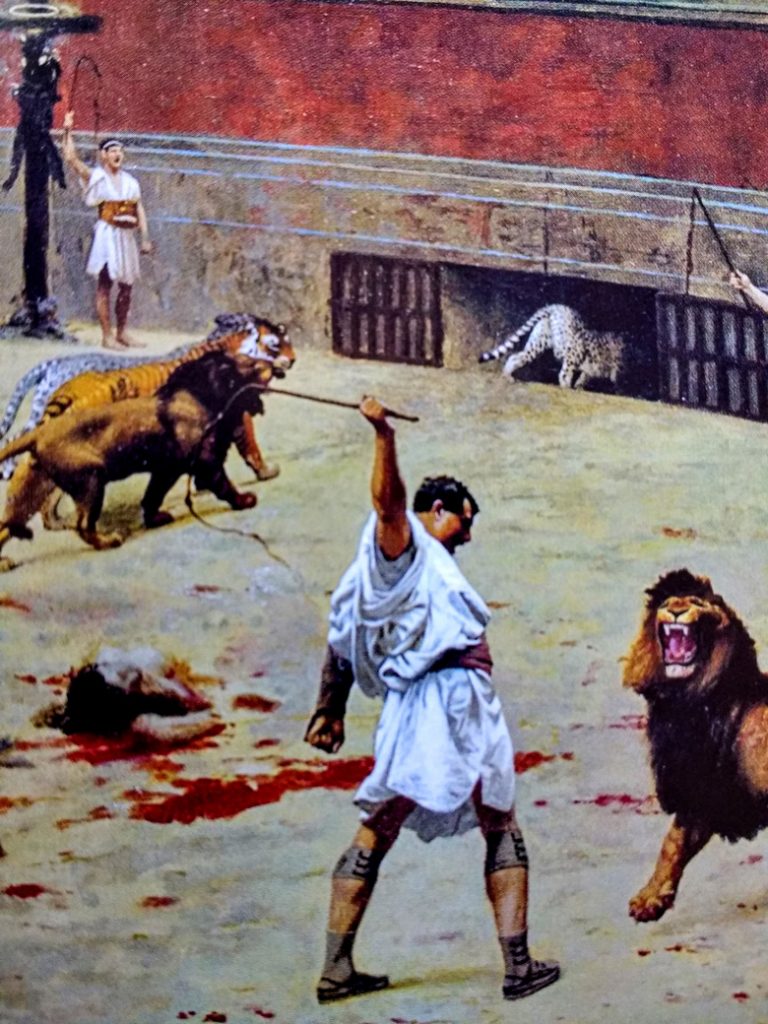
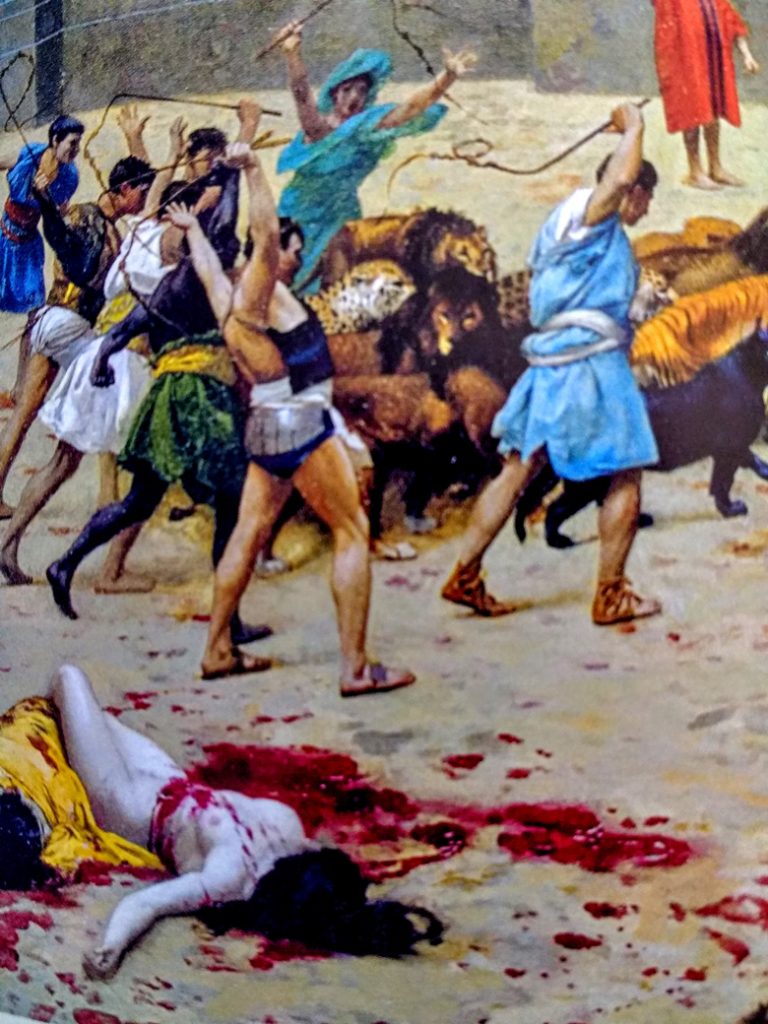
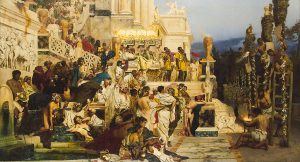
![Giorgione - Three_Philosophers [Google_Art_Project]](http://arthistoryfilm.org/wp-content/uploads/2018/04/Giorgione_-_Three_Philosophers_-_Google_Art_Project-300x255.jpg)